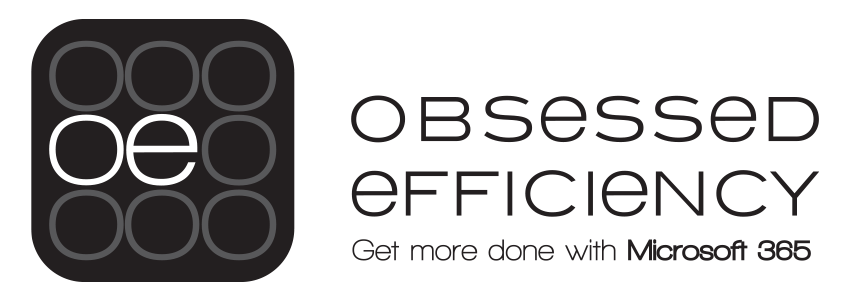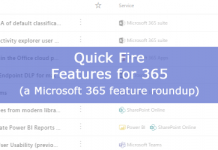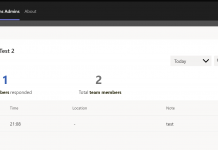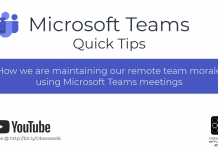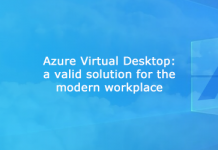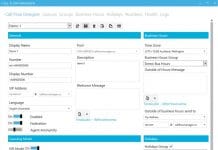Office Online Server (OOS) is the latest version of what was called Office Web Apps Server, and it is supported for Skype for Business Server 2015.
Customers with a Volume Licensing account can download OOS from the Volume License Servicing Center at no cost and will have view-only functionality, which includes PowerPoint sharing in Skype for Business. Customers that require document creation, edit and save functionality in OOS will need to have an on-premises Office suite license with Software Assurance or an Office 365 ProPlus subscription.
Learn about the prerequisites for installing Office Online Server.
Software Prerequisites
- Windows Server 2012 R2
- Install .NET Framework 4.5.2 – get it here
- Install Visual C++ Redistributable for Visual Studio 2015 – get it here
- Windows Features:
- Web Server (IIS)
- Web Server
- Common HTTP Features
- Default Document
- Static Content
- Performance
- Static Content Compression
- Dynamic Content Compression
- Security
- Request Filtering
- Windows Authentication
- Application Development
- .NET Extensibility 4.5
- ASP.NET 4.5
- ISAPI Extensions
- ISAPI Filters
- Server Side Includes
- Management Tools
- IIS Management Console
- Ink and Handwriting Services
- Windows Identity Foundation 3.5
You make make like easy for yourself and install the Windows Features with the following PowerShell:
|
1 |
Install-WindowsFeature Web-Server, Web-Mgmt-Tools, Web-Mgmt-Console, Web-WebServer, Web-Common-Http, Web-Default-Doc, Web-Static-Content, Web-Performance, Web-Stat-Compression, Web-Dyn-Compression, Web-Security, Web-Filtering, Web-Windows-Auth, Web-App-Dev, Web-Net-Ext45, Web-Asp-Net45, Web-ISAPI-Ext, Web-ISAPI-Filter, Web-Includes, InkandHandwritingServices, Windows-Identity-Foundation |
Hardware Requirements
Hardware requirements are still a little vague from Microsoft at this stage. Microsoft say “Office Online Server uses the same minimum hardware requirements as SharePoint Server 2016”. This is probably a little over kill if you are only using the role for Skype for Business, however here they are for your reference:
| Scenario | Processor | RAM | Hard Disk |
| Single server, Development or Evaluation, Minimum Services enabled |
64-bit, 4 cores | 16 GB | 80 GB for system drive 100 GB for second drive |
| Single server, Pilot, User Acceptance or Development All Services enabled |
64-bit, 4 cores | 24 GB | 80 GB for system drive 100 GB for second drive |
| 3-tier farm, Development or Evaluation, Minimum Services enabled |
64-bit, 4 cores | 12 GB | 80 GB for system drive 80 GB for second drive |
| 3-tier farm, Pilot, User Acceptance or Production, All Services enabled |
64-bit, 4 cores | 16 GB | 80 GB for system drive 80 GB for second drive |
Hopefully there will be further clarity around the requirements based on use cases. If you would like to learn more, check out the official documentation on TechNet.
